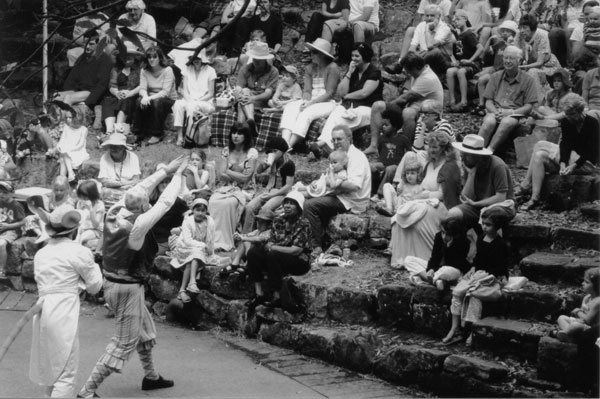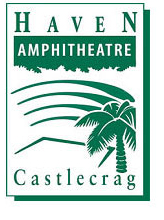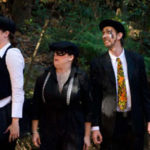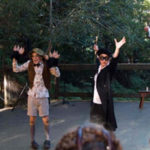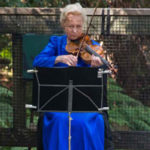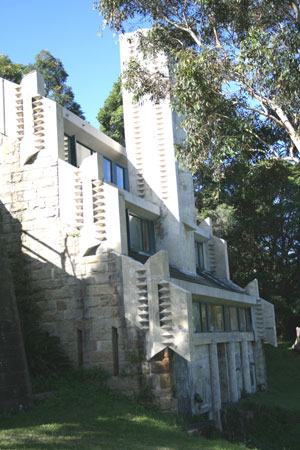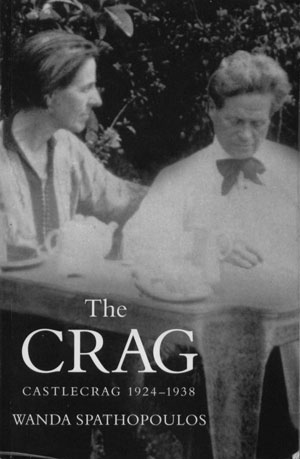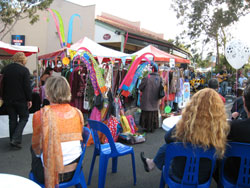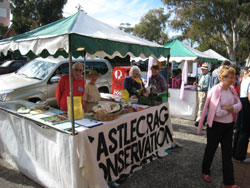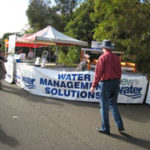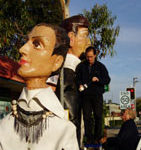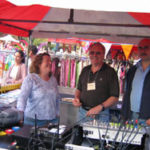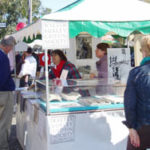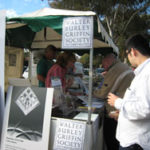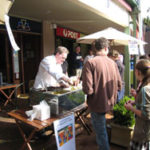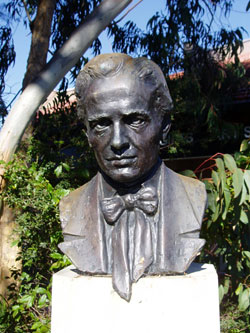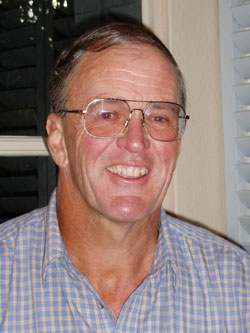Proposals for the redevelopment of the Northbridge Plaza have generated considerable concern among residents and business-owners in the area. Over 150 people braved a cold night to attend a public meeting on this matter organised by the Northbridge Progress Association on 18 July. The debate was sufficient agitated to quickly warm the St Marks church hall.
A number of Castlecrag residents and business people attended the meeting. This article outlines the issues surrounding the Plaza proposals from the perspective of the Castlecrag Progress Association and our local business houses.
Northbridge Plaza was built in 1961 on land previously used for market gardens and residences by the developer Sid Londish. A condition of the consent was that Mr Londish donate the land to the community for the associated car park to Willoughby Council and a covenant on the land requires it to be used only for free car parking for the shopping centre and the adjacent baby health centre. Council zoned the Plaza as a community shopping centre. In the 1980s, the then owners, Australian Fixed Trusts, demolished the original shopping centre and the rebuilt Plaza was reopened in 1985. Woolworths, its main tenant, drew shoppers from other suburbs and this generated conflict with local residents over the increasing traffic congestion in the Northbridge area.
The Plaza had passed to new owners by 1987, when Jaydesh lodged a DA with Council for alterations and enlargement of the centre, including the addition of an office floor over the supermarket area. The Plaza was required to provide additional car parking spaces and a delivery area, which they achieved by purchasing and redeveloping the former service station on the corner of Eastern Valley Way and Sailors Bay Road.
Concern about the ongoing maintenance costs of the car park resulted in Council entering into negotiations with Jaydesh in 2003 to offer the firm a 65-year lease for the car park, which would be redeveloped as part of the its proposed expansion of the Plaza. Traffic problems were of increasing concern to Northbridge residents and there was also a concern the car park land, zoned for community use, would be alienated.
A move by the Northbridge Progress Association in 2003 for the diversion of traffic away from Northbridge, thereby increasing the traffic volumes in South Willoughby and Naremburn, resulted in the formation of a sub-committee of the Federation of Willoughby Progress Associations to examine the issue. I represented the Castlecrag PA on this sub-committee. The group concluded that the diversion of traffic to other heavily congested areas was not a viable ‘solution’ and that improved public transport and pricing mechanisms to induce people to reduce car use are the only solutions to the traffic problems (see p. x). It also recognised that the proposed expansion of the Plaza would not only generate additional car travel, but would also significantly impact on the continued viability of neighbourhood strip shopping centres such as Castlecrag.
With the sale of Northbridge Plaza to overseas interests, AMP Capital Investors (AMP CI) assumed responsibility for managing the complex. Redevelopment of the Plaza was again placed on the agenda in 2006 when AMP CI initiated a series of stakeholder workshops on the development of a Master Plan for the Plaza. I attended the second of these workshops on 4 December last. While stakeholders expressed strong views against the expansion of retail areas at the complex and the need to reduce traffic congestion, there was general agreement that the present Plaza was a poor design and that there are opportunities for improvement through good design and a better mix of activities, including residential elements and community services.
There was therefore considerable anguish among community stakeholders when AMP CI presented its proposals to the third meeting in April in a manner that suggested the concerns put forward by community representatives had not been addressed. The AMP CI proposal involved an increase in the retail space by 80 per cent, the construction of several blocks of residential units along Eastern Valley Way and the conversion of the car park area into a two-storey underground car park. Residents estimated that the traffic generated by the development would more than double. Community representatives objected strongly to these proposals at Council meetings in May and June. As the result of excellent debates, Council has invited AMP CI to develop a Masterplan for the Plaza, the car park and adjoining lands with any increase in retail space limited to approximately 10 per cent.
The Northbridge meeting on 18 July unanimously resolved that Council’s motion limiting the expansion in retail space be adhered to, that ownership and control of the publicly-owned Plaza car park land should remain with the community and that any residential units built on the site should be in keeping in height, bulk and quality with existing residential units in Northbridge. The meeting also called for any redevelopment to have minimum impact on current traffic volumes and on local neighbourhood shops and businesses, that improvements be made to access within the shopping centre for elderly and disabled members of the community, that improvements be made to car park, security and convenience, whether or not the car park is located underground and that there be minimal impact on the residents of Harden Avenue, Tenilba road, Northbridge Gardens Retirement Village and the Paulian Villa Nursing Home.
Northbridge Progress Association President John Becroft told the residents: “What happens to the Plaza shopping centre and the adjacent Council car-park could have a profound impact on local traffic, shops and businesses, not only in Northbridge but in surrounding suburbs. It could literally change the character of our suburbs.”
The AMP CI representative Gavin Boswarva, stated that the existing centre would not be demolished, only enhanced. “We want to work with Council and the community to move forward with the Masterplan process,” he said. Gavin also acknowledged that AMP CI cannot sell or use the car park without Council’s support.
The Castlecrag Progress Association supports the efforts of Northbridge residents to maintain the character of their suburb and it distributed flyers about the meeting to our local shops on 18 July. Shop owners have expressed a keen interest in the outcome of the Masterplan process.
Bob McKillop
